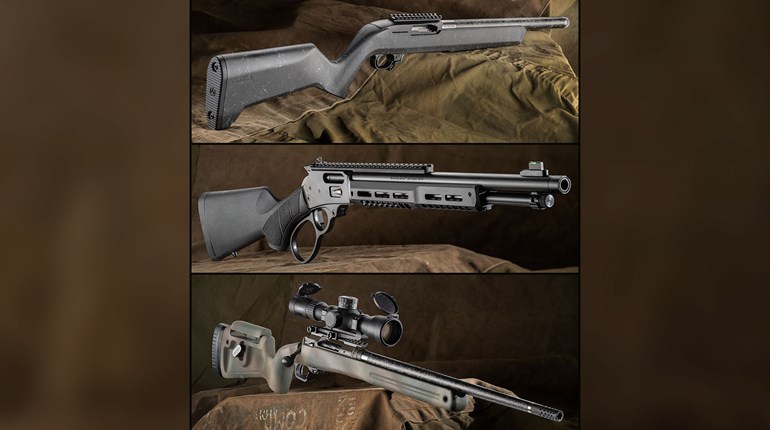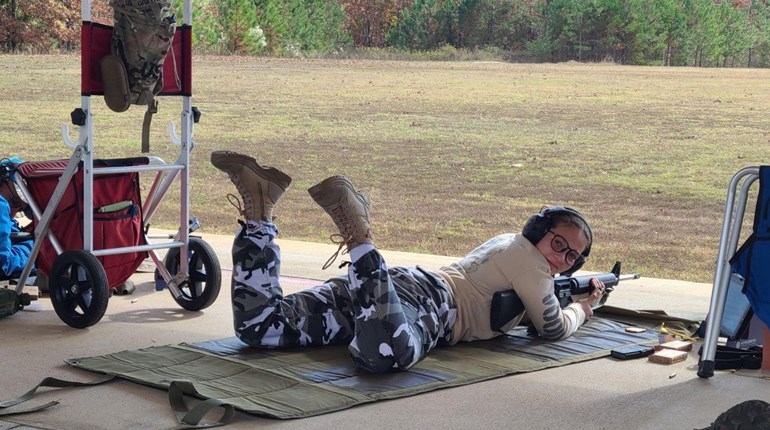
Have you ever wished you were in a different spot while hunting? Don’t make that thought a recurring theme. Choose wisely this season and reap the rewards!
If you hunt much you will have doubts about your setup—should you have parked in a different tree or on a different path? That is normal, but if you find yourself regularly frustrated and wishing you had hunted anywhere but where you are, then perhaps you did not follow the tips below to select your stand location.
Scout first
Obviously you should scout an area before you decide to set up shop for your hunt. Sometimes that may not be possible, but in today’s age everyone can at least look at a map and determine likely locations before ever setting boots on the ground.
However, maps don’t do the actual boots on the ground justice. Take the time to quietly and casually move through an area, soaking up all the details you can. If possible, plan your route after looking at a map so that you are in the area the least amount of time as possible. The idea is to avoid disrupting the flow of the animals using the area. If the season is already in, and leaves have begun falling from trees, you may be able to do some distance scouting with some quality binoculars to avoid disturbing the fauna.
Edge habitat
So what do you look for when digitally or “map” scouting? I always look for edges. Edge habitat is where various terrains meet in the same area. In Virginia where I primarily hunt, this could mean a hardwood lot, a swamp and perhaps a pine thicket all come together in an area. Or, it could be an agriculture field, a hardwood lot and a pine thicket.
Edges tend to be travel corridors or busy intersections of animal activity. This is where I would look for sign of elk or deer or bear and then look for a tree that might serve as a good stand site or perhaps a ground blind would be a good selection in your scenario.
Camera scouting
At this point it is probably a good idea to put up a trail camera. I have heard of a lot of hunters finding some signs, such as rubs or scrapes and a beat-down path, and getting excited thinking that they lucked upon a great spot to put a stand. Multiple hunts later, they are frustrated figuring the animal eluded them or someone else harvested the animal. In all likelihood, the animal may be making that particular rub or scrape at night!
Several of the places I hunt are loaded with deer sign, but my trail cameras tell a different story that saved me a lot of time. Every one of the scrapes or rubs on that parcel where I thought about putting up a stand is visited by bucks or does at night only. If I set up a stand over those trails and locations I would have never seen any deer, and I would have grown frustrated.
Talk to others
Sometimes talking to others can make or break a season. Landowners are the first ones I try to talk to. If I am leasing or have permission to hunt a property, I try to make a point to ask the landowner where they are seeing animals and when they are seeing animals. The when is crucial! One landowner kept telling me about all these big bucks he was seeing and I never saw any deer where he said they were. Then one day he added how there must have been three of them all in the same area when he was driving out of the woods with a pickup load of wood…..at night! That did not help me a whole lot. At least I knew there were quality bucks there, but I wasted a few weeks of my season setting up in that spot when I should have been a few hundred yards inside the wood line.
Talking to others may include talking to other hunters that use the property, but may only hunt other species of game such as ducks or small game or upland birds. You might locate the previous hunters that used to hunt a parcel, but have moved on, given it up due to health issues or perhaps they just want to be helpful.
I had an older gentleman who elk hunted in Colorado regularly on public land. His knees and back got bad so he quit, but he was more than willing to pull out a map and show me exactly where they made camp and harvested elk each year. He told me the best times to go, and the best access route too!
Final set up
Once you’ve done all the above, consider the firearm or bow you will use, and typical wind direction before choosing that final location of your stand. You want to be within reasonable range, but not so close you spook game. You want to have clear shots and also a clear view of approaching game before they pop into your shooting lane. If you need to, quietly trim a few limbs to make this location the best and keep in mind that game animals have a way of being unpredictable at times. So be prepared for encounters from other directions too!
This season, be more efficient with your time and choose your stand locations wisely. Follow the tips above to improve your odds of success. Remember, be safe and aim carefully. Your freezer will be fuller for the effort!





































